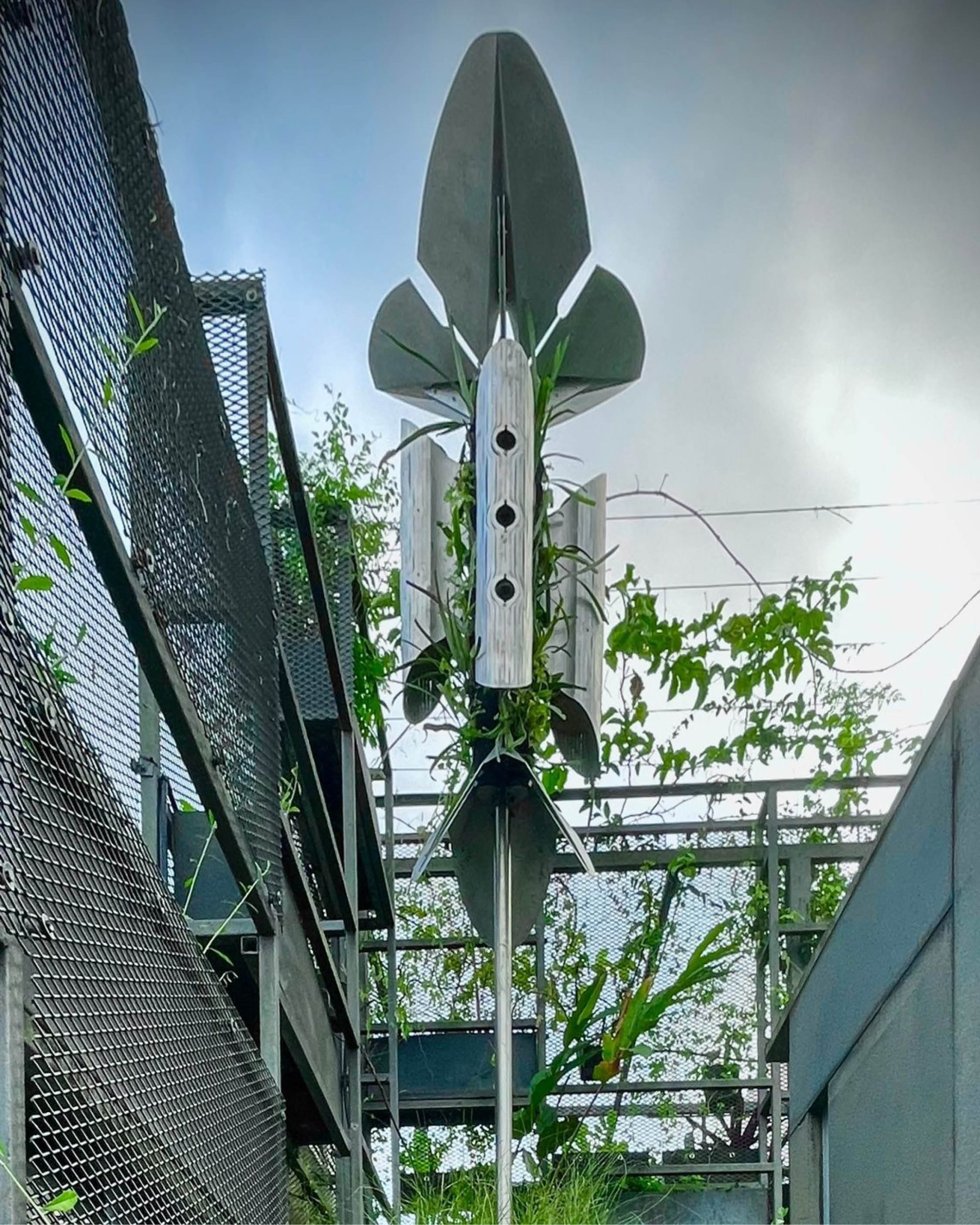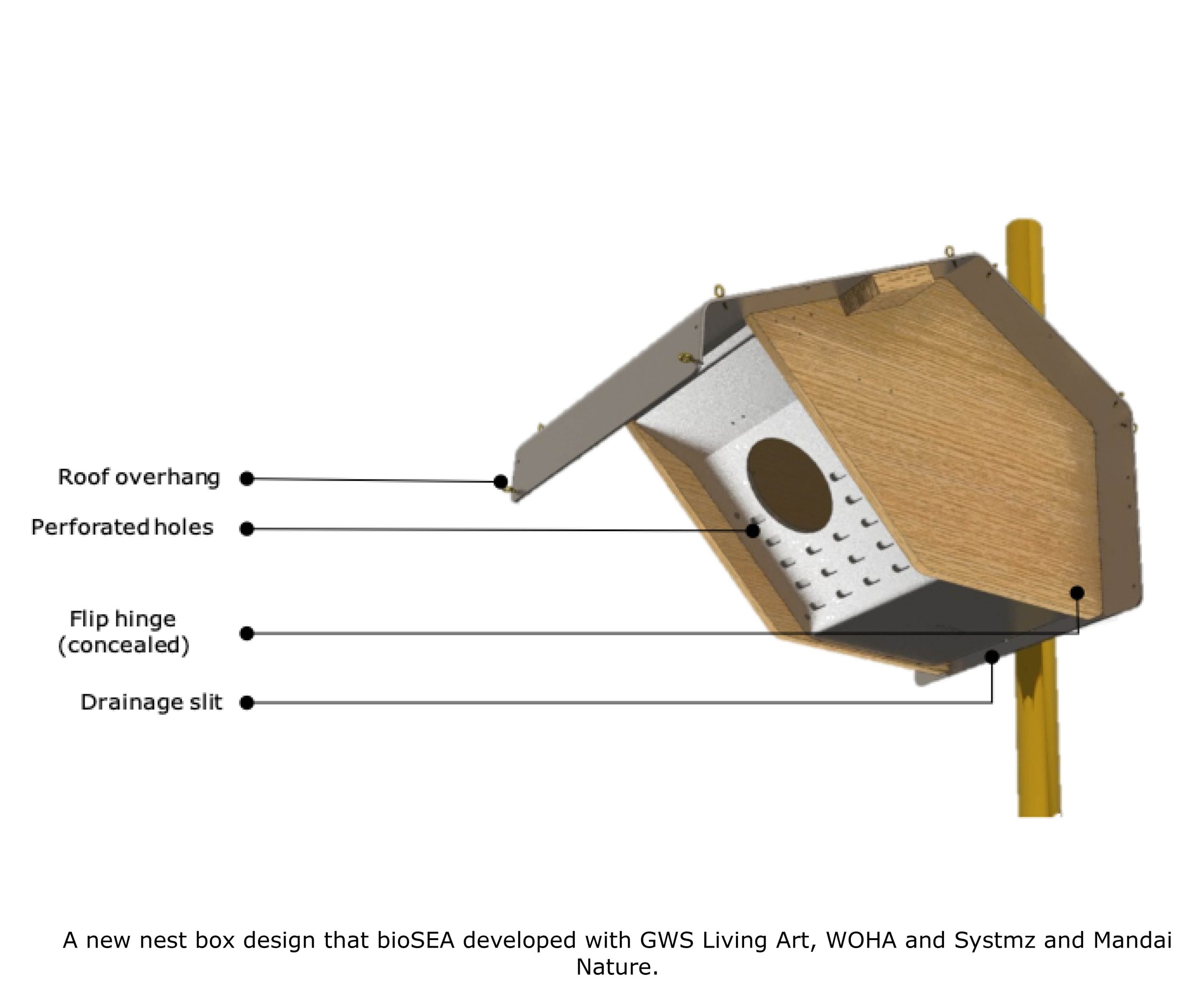-
Designer
WOHA Architects & Systmz
-
Location
Singapore
-
Scale
Product
-
Status
Design & Prototype Phase
-
Services
Biodiversity Survey & Impact Assessment, Wildlife Infrastructure Design
-
Use
Individual, community, corporate
-
Year
2021 - ongoing
Eco-active Totems, Singapore



Project Summary
WOHA conceived the Totems concept during the design phase of the Bukit Timah Rocher Green Corridor, aiming to create wildlife-friendly infrastructure in urban developments. Recognizing the need to reshape human-nature coexistence in built spaces, WOHA teamed up with bioSEA (ecologist), GWS Living Art (landscaper) and Systmz (fabrication expert) to revolutionise traditional nest boxes by creating a movement and empower individuals with tools necessary to design urban wildlife infrastructure.
The totems not only provide wildlife refuge but also engage the general public in designing for urban wildlife. This movement garnered the interest of Mandai Nature, becoming a key research partner.
To guide the construction of the first totem for birds, four native species—the Eurasian Tree Sparrow, Asian Glossy Starling, Oriental Magpie Robin, and Long-tailed Parakeet—were studied. Despite their shared nesting behaviour, these species exhibited varied requirements in entrance diameter, box depth, inner dimensions, colour, and predator and competitor considerations. Profiles for each species were developed through literature reviews and expert consultations, outlining their specific needs. Predation threats in the local Singapore context were identified, and predation mitigation strategies such as baffles and hole extenders were suggested.
With totems being a fusion of design and ecology, the goal was to enhance the traditional nest box to meet the needs of urban wildlife. Traditional nest boxes of different colours have been tested by bioSEA and compared to the Totem design. Advanced trials by bioSEA with support from Mandai Nature are currently underway to understand the ecological needs of wild inhabitants across a varied palette of totem designs, evaluating which features influence adoption rates. The insights from these studies will inform the development of new Totem designs.
Associated Links
To read more about Totems for the 21st Century, please visit
